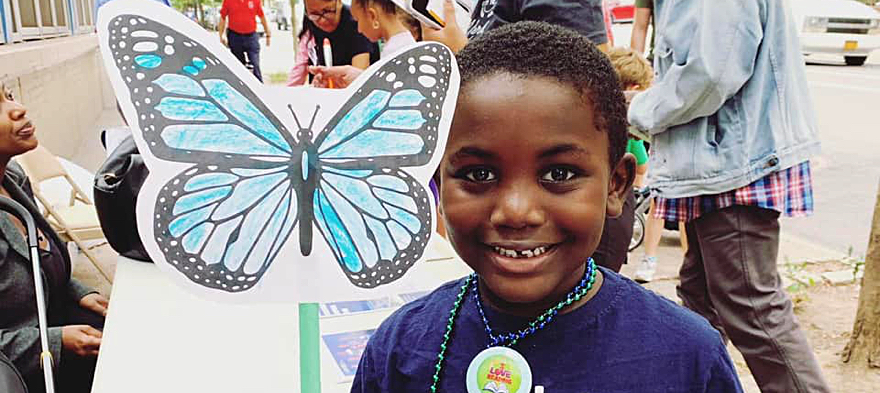
Jul 15, 2020 1:41:00 PM
by Vanessa Luna
Article co-authored by: Vanessa Luna is the co-founder and chief program officer of ImmSchools, an immigrant-led nonprofit transforming schools into safe and welcoming spaces for undocumented students and families in the K-12 system.
Vanessa Luna is the co-founder and chief program officer of ImmSchools, an immigrant-led nonprofit transforming schools into safe and welcoming spaces for undocumented students and families in the K-12 system.
 Marleny De la Cruz is a New York City immigrant parent of two students attending New York City Public Schools. She is a proud part of ImmSchools New York City family programs.
Marleny De la Cruz is a New York City immigrant parent of two students attending New York City Public Schools. She is a proud part of ImmSchools New York City family programs.
This school year was challenging for all of us, including our immigrant students and families. As New York City became the national epicenter of COVID-19 and schools closed, many immigrant families were disproportionately affected and struggled to support our children. The initial lack of access to technology made it difficult for our children to complete homework assignments, and the language barrier made it almost impossible for us as parents to support our students with their assignments. We witnessed teachers and school staff try their best to support us in this time of crisis while we underwent severe hardships.
Many of us lost our jobs, our family members got sick - both in New York City and in our home countries - and for those of us who are undocumented, we were not eligible for unemployment or most assistance programs provided by the government. [pullquote]We struggled to access our most basic needs and questioned what was the message the government was sending to us and our students when we are unable to receive support because of our immigration status.[/pullquote] And with the rent moratorium set to expire in August, immigrant families’ anxiety is only growing as we try to scrape together money for rent and avoid becoming homeless.
Despite this uncertainty, we continued to seek educational opportunities for our students. We accessed resources, attended virtual family workshops, and were elated to be a part of virtual graduations that celebrated the accomplishments of our students and our larger immigrant community. Another bright spot was the U.S. Supreme Court’s recent decision to temporarily protect DACA recipients, many who are part of our families and our larger immigrant community.
With the school year over, we wanted to reflect and offer recommendations for New York City educators, leaders and policymakers:
While there may not be a perfect way for New York City schools to reopen in the Fall, we must prioritize the voices of those who have been hardest hit during the pandemic. As the largest school district in the country, we have a tremendous opportunity to work together and lead the effort in reimagining how public schools can be more inclusive and supportive of immigrant and undocumented students and their families.
Vanessa Luna is the co-founder and chief program officer of ImmSchools, an immigrant-led nonprofit transforming schools into safe and welcoming spaces for undocumented students and families in the K-12 system.
Few issues in education spark more tension and debate than standardized testing. Are they a tool for equity or a burden on students? A necessary check on school systems or a flawed measure of...
Charter schools are public schools with a purpose. Operating independently from traditional school districts, they're tuition-free, open to all students, and publicly funded—but with more flexibility...
Despite the benefits of a diverse teaching force, prospective teachers of color fall out of our leaky preparation pipeline at every stage: preparation, hiring, induction, and retention. Here’s what...
Ed Post is the flagship website platform of brightbeam, a 501(c3) network of education activists and influencers demanding a better education and a brighter future for every child.
© 2020-2025 brightbeam. All rights reserved.
Leave a Comment